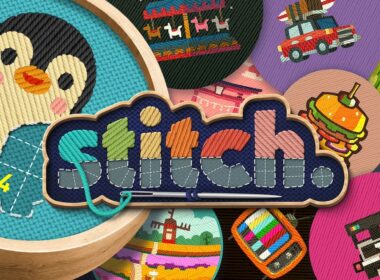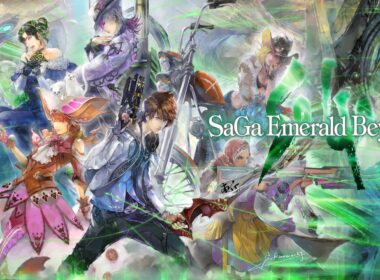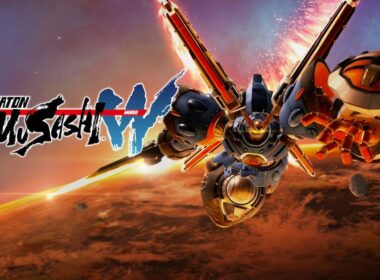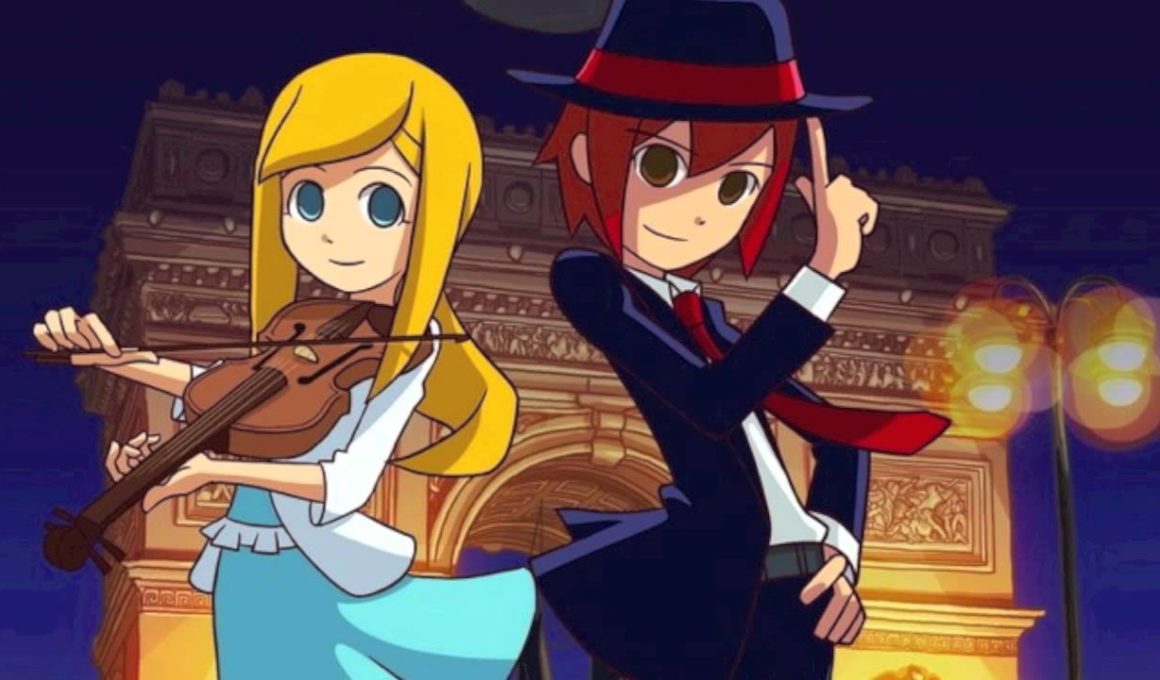If you were to ask gamers what game truly defined the Nintendo DS for them, I would imagine a large number would answer with Osu! Tatakae! Ouendan. Back in 2005, I was having trouble trying to justify my DS purchase at the time, then Osu! Tatakae! Ouendan arrived, showcasing just how good games could be on the handheld.
Fast forward to 2012, we have seen several excellent rhythm games over the years, with the Nintendo 3DS a year old, it too gets a taste of rhythm gaming in the form of Rhythm Thief and the Emperor’s Treasure.
Veteran SEGA designer Shun Nakamura is the brains behind the game, but this isn’t his first foray into the world of rhythm gaming. In 2000 he directed the brilliant Dreamcast and Arcade release Samba De Amigo, so, for me personally, this certainly has something rather large to live up to.
The story of the game sees our hero Phantom R, known by Raphael when he isn’t wearing his hat and stylish suit, and his sidekick Fondue searching for clues to locate his missing father. The duo is shortly brought into a much bigger and darker chain of events, set in motion by the return of Emperor Napoleon Bonaparte – still rocking the short stature, despite the recent revelations that he wasn’t actually that short.
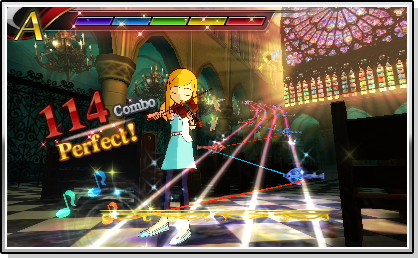
It probably sounds wacky (well, it is) but it is told in a very charming way, with characters who are well presented and very likeable. It won’t win Oscars but taken for what it is, it really is rather fun.
The game controls by moving our hero Phantom R around a map on the top screen, each area you visit will have someone or something to interact with. This could be characters who will give you quests, characters who will offer up a rhythm game sounds to record that will help solve puzzles later on or hidden items – although, I won’t spoil that part.
Story progression is marked on the map with a purple exclamation mark above the location, with the meat and potato of the game comes in completing the rhythm games in each story level.
Each rhythm game is presented with different controls, some require the stylus to tap segments of the screen, the lower screen divided into four sections, with each having a different pose for Phantom R. Another has the player swiping the screen to perform dance moves, such sections reminding me very much of Space Channel 5. Buttons are also used in time with the music, usually for combat sections, and finally, the gyro sensor comes into play during certain instances. Despite such design repeating often throughout the game, the level of challenge gets more complicated as you progress.
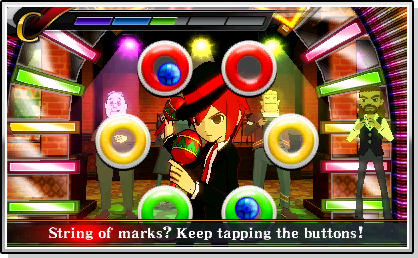
There a few extras to sink your teeth into once the story is over, such as an Endless Mode, where you can play through songs and see how long you last. Those that feel competitive can also indulge within StreetPass and local multiplayer support, the former seeing a new character placed on the player’s map who you must beat within a rhythm game battle so that they can become your fan. The more you accumulate sees a range of special characters become available.
The whole game is brought to life with some gorgeous cel-shaded visuals in-game, lovely animated cutscenes and one of the best soundtracks to grace your Nintendo 3DS so far. This is very much a SEGA game at its best.
However, there were a couple of things that rub me up the wrong way. The first of which is how easy it is to lose your score combo. You could see yourself racking up a huge combo of 56 then a couple of poorly timed misses could see a B rank reduced to D. I’m at a loss as to why it is so unforgiving here, as even finishing with an E rank is enough to see you through to the next section.
Another niggle is with the gyro sensor, which really doesn’t feel precise enough for what it sets out to do. I found myself a couple of times completely missing my action because the gyro sensor hadn’t picked up where my previous move had ended. It’s not entirely game-breaking, but it can cause moments of frustration.
On the whole, Rhythm Thief and the Emperor’s Treasure is a lovely light-hearted adventure, presented excellently. Whilst it won’t perhaps have the same impact that Osu! Tatakae! Ouendan did in 2005, it is certainly worth its pride of place within your Nintendo 3DS collection.
Version Tested: Nintendo 3DS
Review copy provided by SEGA

